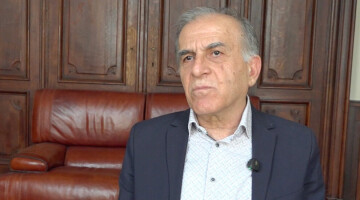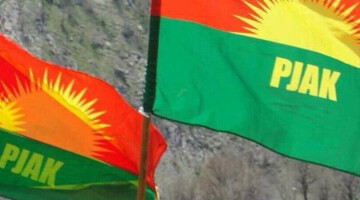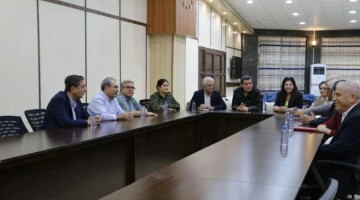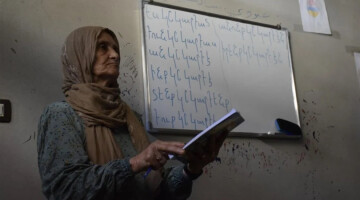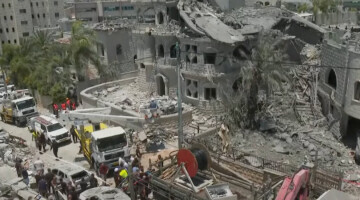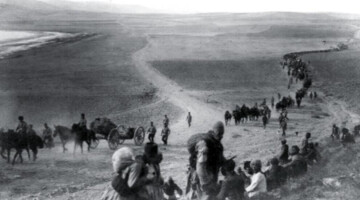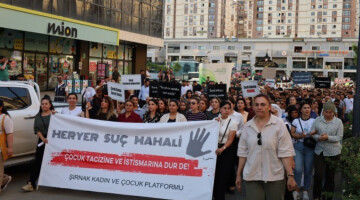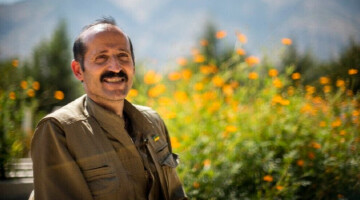Guerrilla commander Şiyar Efrîn fell as a martyr. The People's Defense Forces (HPG) said on Friday that the long-standing cadre of the Kurdistan Workers' Party (PKK) was killed in an attack by the Turkish state in the Medya Defense Areas in July of this year.
With him, the Kurdish people have lost an "extraordinary and stormy revolutionary" who spent almost 30 years of his life on the "March of Freedom," said the HPG, adding: "Şiyar Efrîn was a brave man with an unshakable attitude. He was a friend, motivator and pioneer for us, who achieved many successes in the course of his revolutionary life. He will always serve as an example to his friends and the Kurdish youth and show us the way to victory."
The guerrilla organization provided the following information about his personal details:
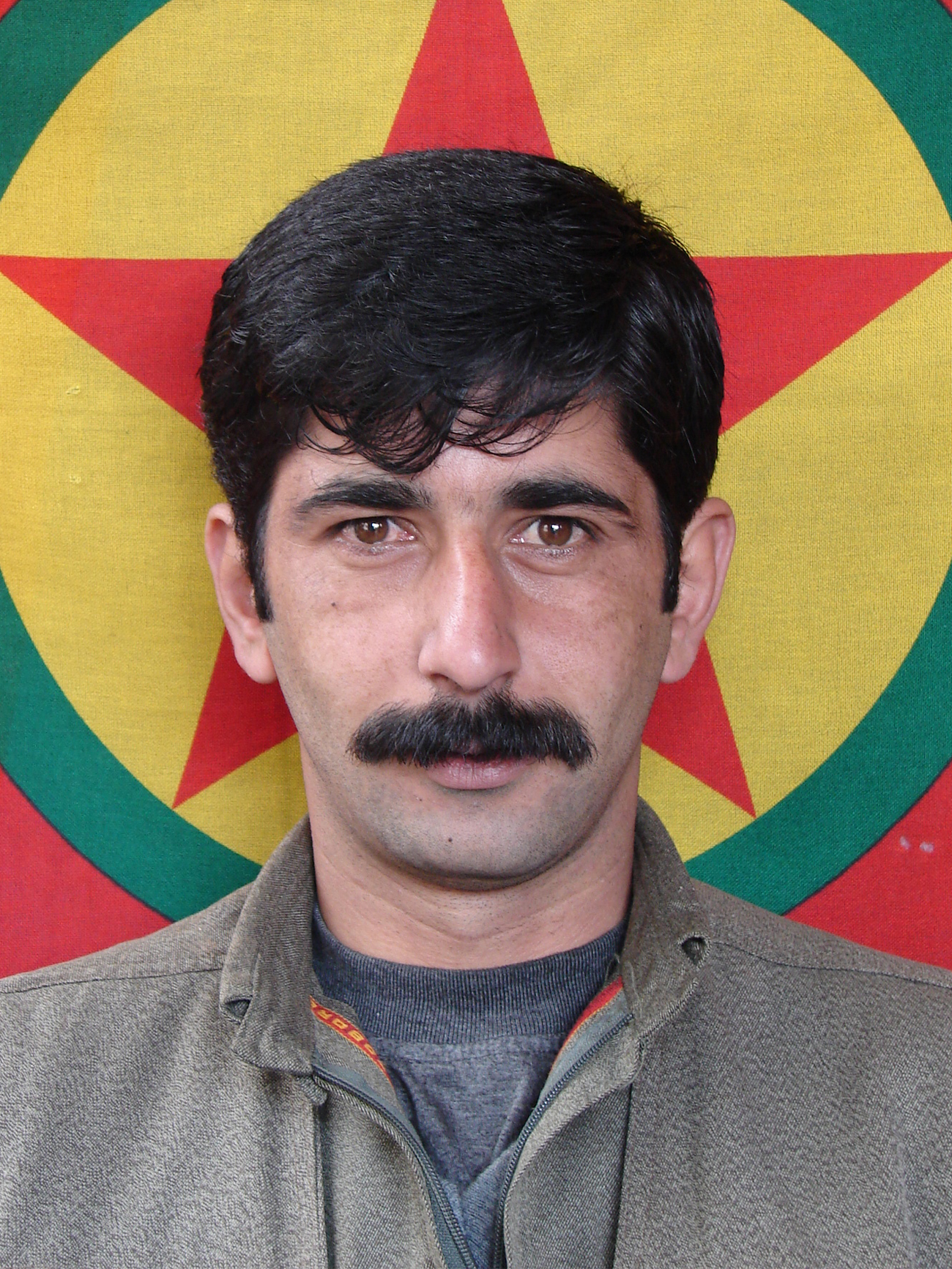 Code name: Şiyar Efrîn
Code name: Şiyar Efrîn
First and last name: Lokman Ismail
Place of birth: Efrîn
Names of mother and father: Emine - Mehmet
Date and place of death: July 2024 / Medya Defense Areas
Şiyar Efrîn (Lokman Ismail) came from the Afrin (Efrîn) region in Rojava, but grew up outside his hometown. In pan-Arab Syria, Kurdish culture and language were discriminated against for decades, and political activities were violently suppressed by the state. The Ismail family also had to experience this. The family settled in Aleppo, where Şiyar Efrîn grew up in an environment associated with the Kurdish resistance. He was considered an above-average intelligent student and completed his high school diploma in Aleppo. However, he did not go to university. In 1994, he got to know supporters of the "Apoists" - the name given to the PKK founding group of students around Abdullah Öcalan - and decided to become one of them.
Şiyar Efrîn was active in the Revolutionary Youth of Kurdistan for about a year before joining the PKK. He went to Damascus, where the PKK had its central party school at the time, and was personally taught by its founder, Abdullah Öcalan. In 1996, he moved to the front of the armed resistance and went to the Zagros Mountains. These were the hard years of the war.
He spent eight years there before going to the Zap region and receiving advanced ideological training at the Haki Karer Academy. He then took part in work at HPG's central headquarters. In 2006, he completed a fedai program at the Mahsum Korkmaz Military Academy. He had previously expressed his desire to fight in Northern Kurdistan. In 2007, he entered the Botan region, known for its resistance to injustice and oppression.
The HPG said: "Hevalê Şiyar took on all tasks with love and passion. Whether as a courier or logistician, as a contributor to public relations or in the revolutionary people's war, he was always successful. He was a pioneering commander who won the hearts of all his friends and comrades with his sincere camaraderie, his attitude, his commitment and his courage."
For a long time, he was involved in public relations work within the Botan regional command. From 2015 onward, he also took part in the resistance for self-government.
Under the impression of the renewed military action of the Turkish state in Kurdistan, self-government was proclaimed in a number of Kurdish towns and communities in the summer of that year - the democratic alternative to the totalitarian "presidential system" proposed by the AKP. This was North Kurdistan's response to the start of the war of annihilation, which Ankara had started with the practical implementation of the "destruction plan" ("Çöktürme Planı", literally meaning "bringing to its knees"). The destruction plan is a military and political concept of annihilation against Kurdish society and its organized structures that was initiated by the Turkish government in 2014, during the "dialogue process" with PKK leader Abdullah Öcalan.
The state's response to the demands for regional autonomy and an end to the war was not long in coming. Several cities were besieged for months, massacres were carried out against the population, entire districts were bombed to rubble by tanks and fighter planes. Şiyar Efrîn took part in the resistance in Şirnex (Şırnak) and helped the youth structures to organize their YPS (Civil Defense Units).
The HPG wrote: "These were perhaps the most disproportionate, impossible and difficult conditions that human history has experienced in a war. Equipped only with small arms, but with courage in their hearts, human will and determination, the youth of Kurdistan offered impressive resistance against an army and police that were fully armed, entire village guards, contras, traitors, collaborators, tanks, cannons and fighter planes - and left them with the Kurdistan syndrome."
The city resistance lasted about half a year, after which Şiyar Efrîn returned to the Medya Defense Areas. He worked in the academic field, dealt with issues of the population and trained young people to become fighters who had accompanied him from Şirnak to the mountains and thus switched from the ranks of the YPS to the HPG or the YJA Star. The HPG expressed its condolences to Şiyar Efrîn's relatives and the Kurdish people.

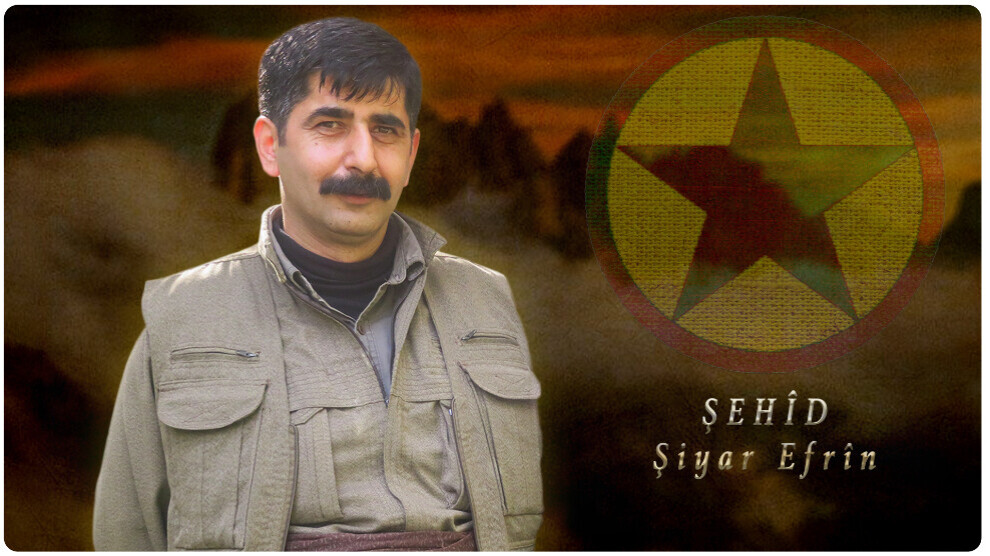
 Code name: Şiyar Efrîn
Code name: Şiyar Efrîn
